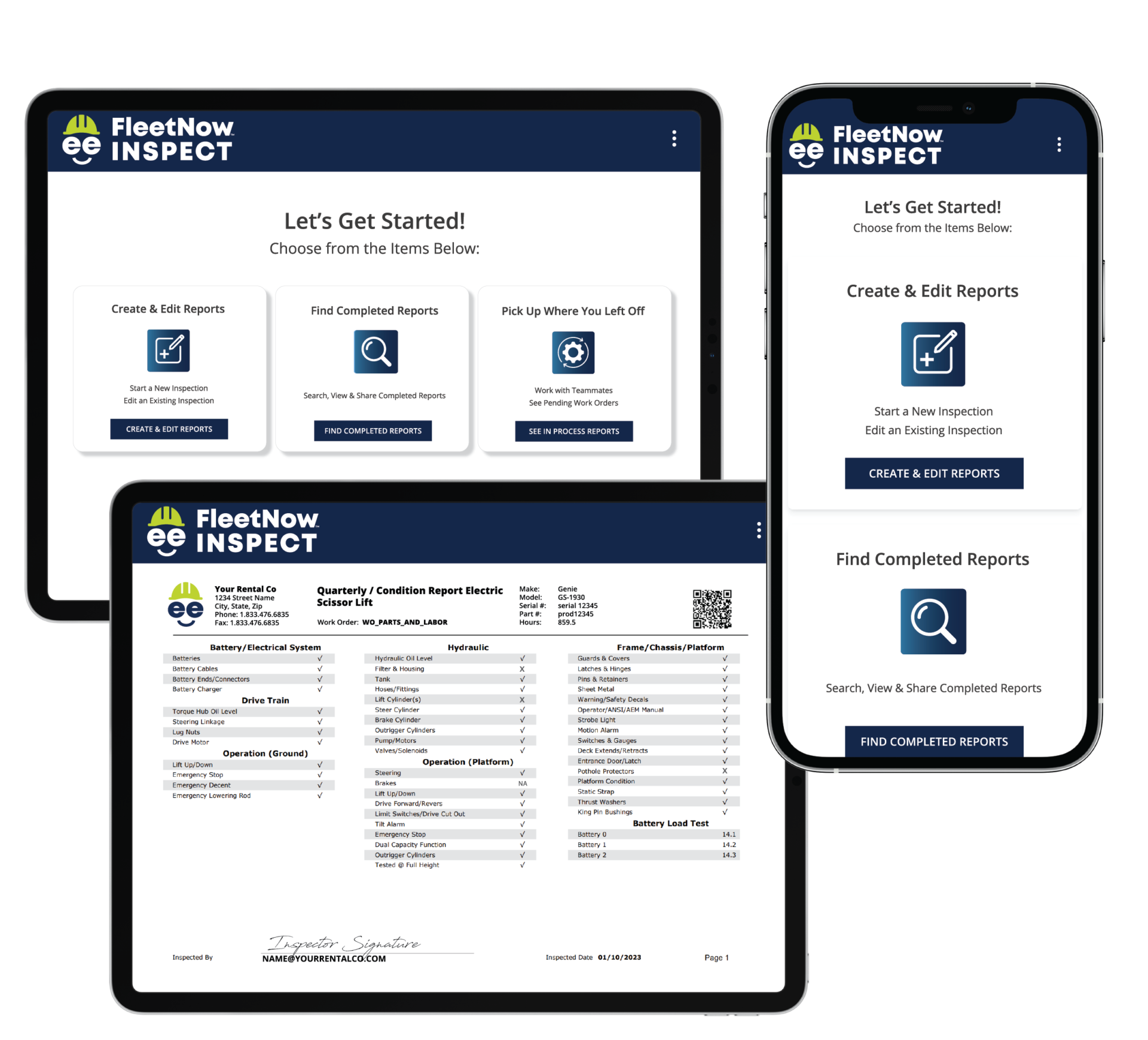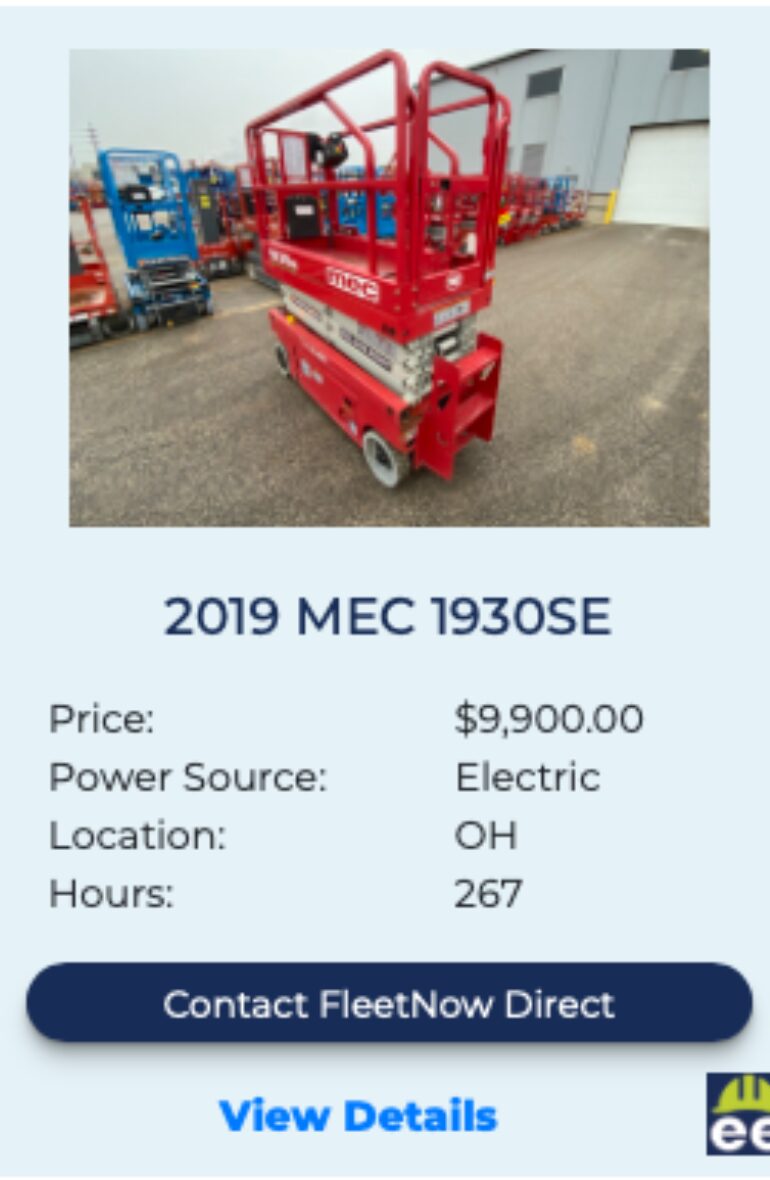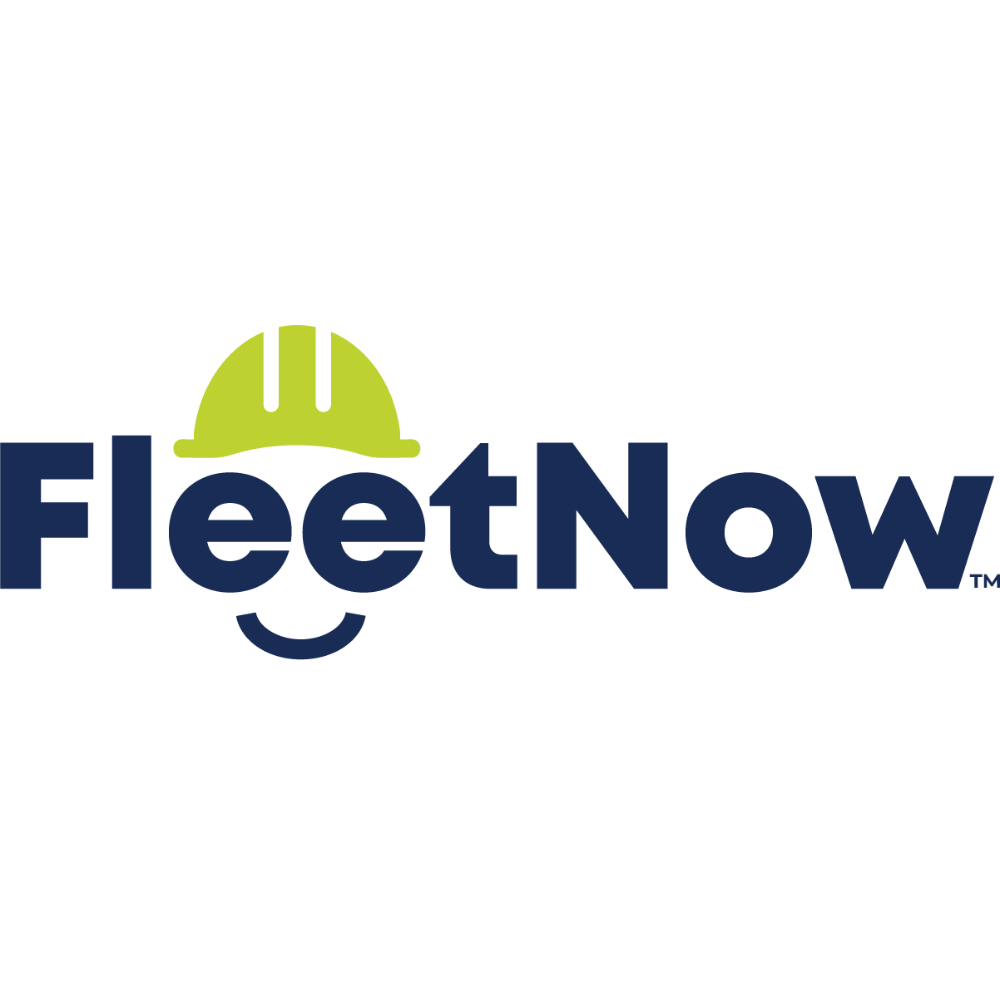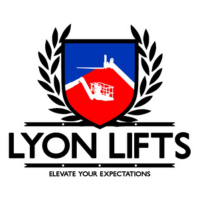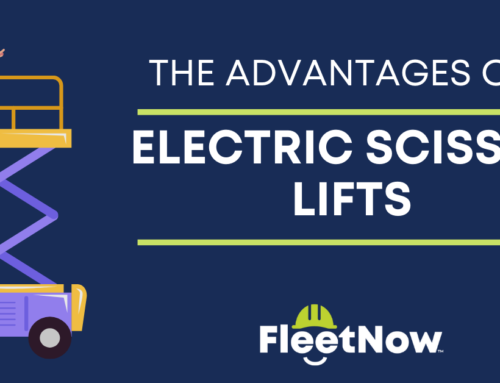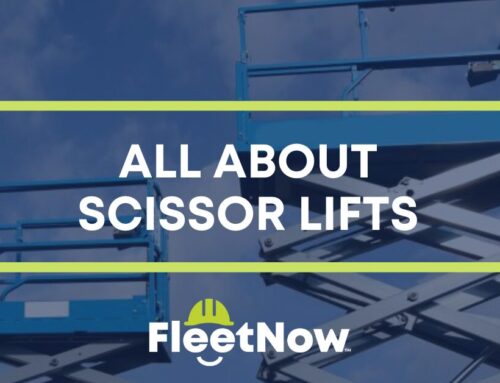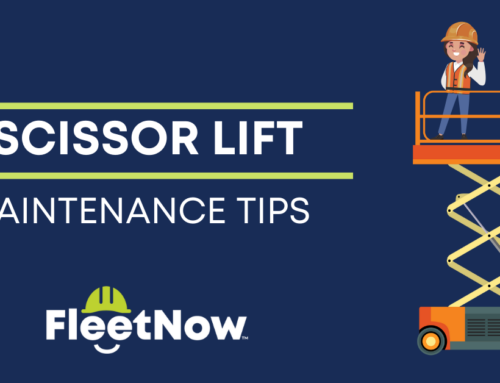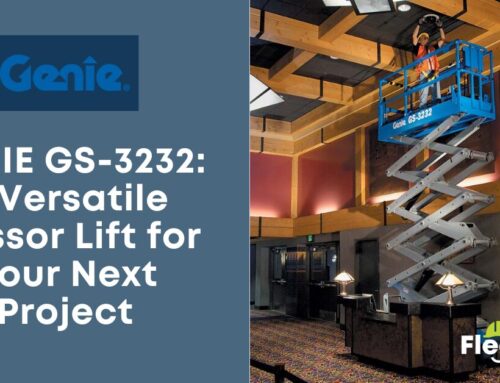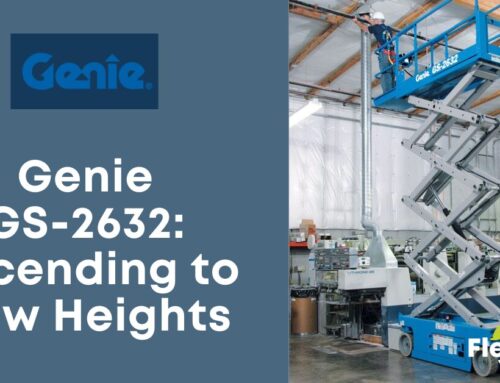Scissor Lift Types: Choosing the Right One for Your Project
Scissor lifts are versatile hydraulic platforms used for raising workers and equipment to elevated positions safely and efficiently. They operate by extending and retracting a crisscrossing set of supports, resembling the shape of scissors when extended. These lifts are widely used in construction, maintenance, warehousing, and various industrial settings to access heights that are otherwise difficult to reach. Scissor lifts are essential tools for accessing elevated work areas, but choosing the right one requires careful consideration of your specific needs.
Types of Scissor Lifts
There are several types of scissor lifts available, each designed for different applications:
Hydraulic Scissor Lifts: These lifts use hydraulic power to raise and lower the platform. They are versatile and commonly used for indoor applications like maintenance, installation, and construction tasks.
Electric Scissor Lifts: Electric lifts are quieter and emit no fumes, making them ideal for indoor environments. They are often used in warehouses, distribution centers, and facilities where noise and emissions are concerns.
Rough Terrain Scissor Lifts: Built for outdoor use, rough terrain lifts have sturdy tires and robust construction to navigate uneven surfaces. They are perfect for construction sites, outdoor events, and landscaping projects.
How Do I Know Which Type of Scissor Lift is Best for My Project?
Choosing the right type of scissor lift depends on the specific requirements and conditions of the project. Different types of scissor lifts are designed to excel in various environments and applications. Here are some guidelines on selecting the appropriate scissor lift for different types of projects:
Indoor Projects:
Electric Scissor Lifts: Ideal for indoor use due to their quiet operation and zero-emission electric motors. They are suitable for maintenance tasks, construction within buildings, and warehousing operations where noise and exhaust fumes are a concern.
Outdoor Projects:
Rough Terrain Scissor Lifts: Specifically designed for outdoor use on uneven or rough surfaces such as construction sites, outdoor events, and landscaping projects. They feature robust tires and enhanced stability for navigating challenging terrains.
Construction Projects:
Hydraulic Scissor Lifts: Versatile and commonly used in construction for tasks like ceiling installations, painting, electrical work, and facade repairs. They offer a good balance of height reach and maneuverability for construction sites.
Warehouse and Distribution Center Projects:
Electric Scissor Lifts: Well-suited for indoor warehousing and distribution tasks such as stock picking, inventory management, and maintenance of shelving and lighting fixtures at different levels.
Facility Maintenance and Management:
Electric Scissor Lifts: Effective for indoor facility maintenance including cleaning windows, changing lights, and performing HVAC system maintenance. They provide stable platforms for accessing high areas safely.
Outdoor Maintenance and Landscaping:
Rough Terrain Scissor Lifts: Essential for outdoor maintenance and landscaping jobs such as tree trimming, painting exterior surfaces, and garden maintenance on uneven ground.
Events and Entertainment Projects:
Electric Scissor Lifts: Used for setting up stages, lighting rigs, decorations, and displays in event venues. Electric models are preferred for indoor events due to their quiet operation.
Considerations When Choosing A Scissor Lift
Height Requirements: Determine the maximum height you need to reach. Consider both the working height (maximum reach) and platform height (height of the platform itself).
Weight Capacity: Ensure the lift’s weight capacity can handle the combined weight of workers and equipment needed for your tasks.
Indoor vs. Outdoor Use: Choose between electric lifts for indoor use and rough terrain lifts for outdoor applications.
Terrain and Surface Conditions: If you’ll be working on rough or uneven terrain, opt for a rough terrain scissor lift with appropriate tires and stability features.
Safety Features
Safety should be a top priority when selecting a scissor lift. Look for these essential safety features:
- Guardrails to prevent falls.
- Emergency lowering system for quick descent in case of power failure.
- Overload sensors to alert operators if the lift is exceeding weight limits.
Maintenance and Services Needs For Scissor Lifts
Regular inspections of hydraulic systems, electrical components, and structural integrity are necessary. Lubrication of moving parts according to manufacturer recommendations, prompt repair of any damages or malfunctions identified during inspections, and keeping records of maintenance activities are also essential.


